More reliable measurements would help operators decide when to safely retire aging craft.
When a spacecraft launches, it uses roughly 75–90% of its propellant getting into orbit. The remaini.
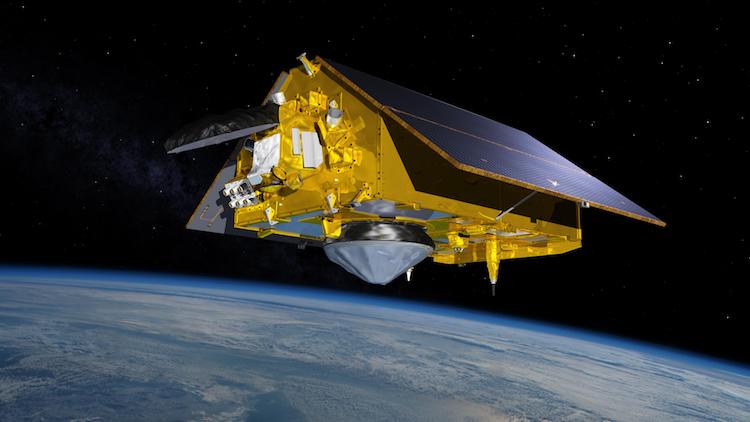
We all have images in our mind of rocket launches from Cape Canaveral Air Force Station hurtling astronauts into space and satellites into orbit.
But those launches may be a thing of the past as a new generation of drones that can do the same job cheaper, safer and better steps into play.
Alabama-Based Aevum unveiled its Ravn X Autonomous Launch Vehicle Wednesday that it says is the world’s largest unmanned aircraft system.
Radar and LiDAR have been incredibly quick and effective tools for mapping and surveying the Earth’s surface from aircraft and satellites, but while they can deliver accurate readings through cloud and even forest canopy cover, they can’t tell you what’s below the surface of the sea. Seawater absorbs far too much of the signal.
Sonar remains the most effective way to map out the sea floor – but the vast majority of the oceans that form 70 percent of the Earth’s surface remain unmapped, because sonic waves have hitherto only been able to be sent out from underwater. Sound waves sent from air into water lose more than 99.9 percent of their energy in the translation; it’s why the outside world goes so wonderfully silent when you dive down to the bottom of the pool. The meagre remaining 0.1 percent of the energy does create a sonar signal, but that loses a further 99.9 percent of its energy upon coming back up from the water into the air.
Sonar is commonly used for submarine detection, among other things, by military forces the world over, chiefly using devices on the undersides of ships. But the closest things thus far to an airborne sonar system are “dippers” like Thales’ FLASH system; low-frequency, wide-band sonar systems that dangle from cables out the bottom of helicopters and dip into the sea below like noisy teabags. These methods are slow, expensive, and no good at covering large areas.
Global #connectivity lets for #digitalidentity for billions of people worldwide, giving them access to #telehealth, #education, #careers, #entertainment and #finance services, as well as raising #cybersecurity and #dataprivacy concernsRe-sharing. Starlink can help telemedicine become more reliable and available to people in need. Especially those in rurual or far flung locations.
Video Source/Credit: SpaceX Youtube Channel
One interesting sub-division of SpaceX is Starlink, which is Musk’s venture into increasing global connectivity. Starlink’s mission is to use a global network of low Earth orbit satellites to eventually “deliver high speed broadband internet to locations where access has been unreliable, expensive, or completely unavailable.” While satellite internet itself is not a novel concept, most of the traditional systems use dated technology that have far less capabilities with regards to internet speed, connectivity, and sustainability. Starlink’s goal is to provide high-speed broadband internet, using cutting-edge satellite systems that will also not add to the space pollution created by traditional systems. As of now, the company states that it “is targeting service in the Northern U.S. and Canada in 2020, rapidly expanding to near global coverage of the populated world by 2021.”
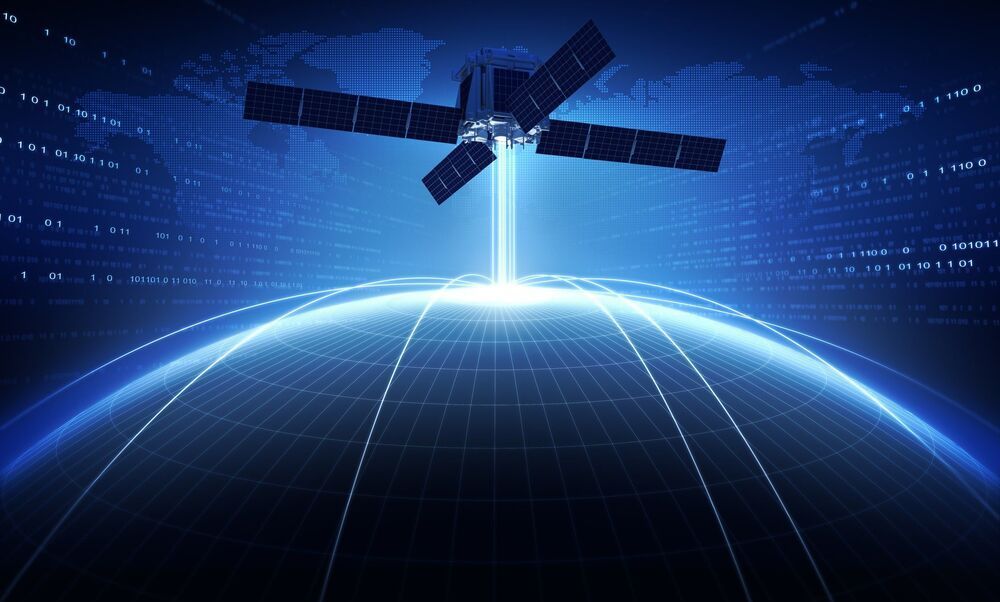
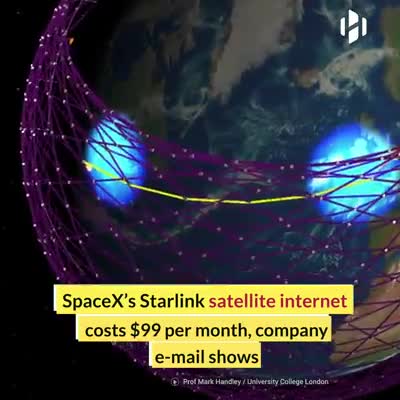

SpaceX is deploying a constellation of internet-beaming Starlink satellites into low Earth orbit where they will beam broadband service globally. Starlink customers will be supporting SpaceX’s ultimate goal to make life multi-planetary. The network could one day provide additional funding to develop a fleet of Starships that will enable astronauts to colonize Mars. To date, SpaceX has deployed nearly 900 satellites out of over 4,400 it plans to launch. The company rolled out a beta service of the network for select customers living in the northern United States and southern Canada. To receive service from the satellites in space, users mount a phased-array antenna dish and connect via a Wi-Fi router device.
On Friday, SpaceX engineers shared details about the Starlink network via a Reddit ‘Ask Me Anything’ discussion. Currently, SpaceX sends invitations to potential customers living within range of the satellites in orbit, a Reddit user asked when SpaceX will offer Starlink service to the public. —“Steadily increasing network access overtime to bring in as many people as possible,” the SpaceX engineer responded, “Notably we’re planning to move from a limited beta to a wider beta in late January, should give more users an opportunity to participate.” To potentially become a Beta tester of the Starlink network you can sign up via Starlink.com.
SpaceX engineers also shared that as of today, SpaceX’s broadband service does not have data caps. “So we really don’t want to implement restrictive data caps like people have encountered with satellite internet in the past. Right now we’re still trying to figure a lot of stuff out—we might have to do something in the future to prevent abuse and just ensure that everyone else gets quality service,” they stated.

China plans to launch an unmanned spacecraft to the moon this week to bring back lunar rocks — the first attempt by any nation to retrieve samples from Earth’s natural satellite since the 1970s.
The Chang’e-5 probe, named after the ancient Chinese goddess of the moon, will seek to collect material that can help scientists understand more about the moon’s origins and formation. The mission will test China’s ability to remotely acquire samples from space, ahead of more complex missions.
If successful, the mission will make China only the third country to have retrieved lunar samples, following the United States and the Soviet Union decades ago.
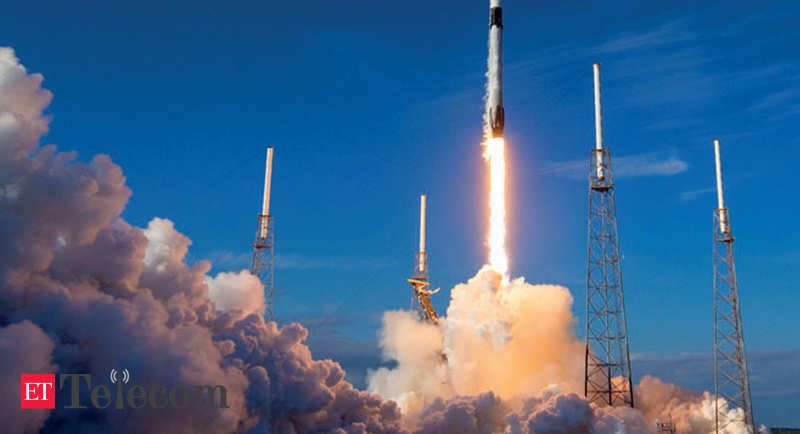
2016 was an indelible year for the telecom industry as it marked Mukesh Ambani led Jio’s foray into the sector which led to industry revenue getting caught in a downward spiral as old players’(Vodafone, Idea, Bharti Airtel) saw their profits and subscriber bases dwindling rapidly. The erstwhile flourished industry narrowed to a handful of players with 2019 opening up new challenging frontiers for the sector. It kept surfacing up in headlines owing to several significant developments, let’s dive into what kept India’s telecom sector abuzz throughout 2019.
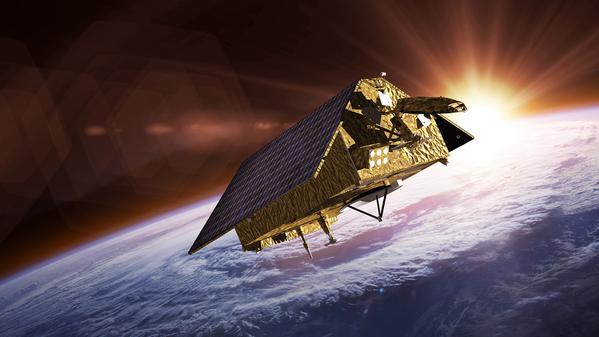
A ‘golden house’ is orbiting Earth! SpaceX launched the unique spacecraft to orbit this morning. It is the Sentinel-6 Michael Freilich ocean observatory, named in honor of former Head of NASA’s Earth Science Division who passed away of cancer in August. The satellite will soon beam the most accurate information of Earth’s oceans which will help meterologists and scientists forecast weather events, like hurricanes, track climate change and rising sea levels. “At NASA, what we do is, we use the vantage point of space to get a global view of the Earth. And in this case, Sentinel-6 Michael Freilich is going to give us a global view of the sea surface height,” Karen St. Germain Director of NASA’s Earth Science Division stated. “The changing Earth processes are affecting sea level globally, but the impact on local communities varies widely. International collaboration is critical to both understanding these changes and informing coastal communities around the world,” she said. Sentinel-6 is a joint project between NASA and the European Aerospace Agency (ESA).
The house-shaped satellite was deployed to orbit atop SpaceX’s Falcon 9 rocket that lifted off at 9:17 a.m. PST from Space Launch Complex 4E at California’s Vandenberg Air Force Base.